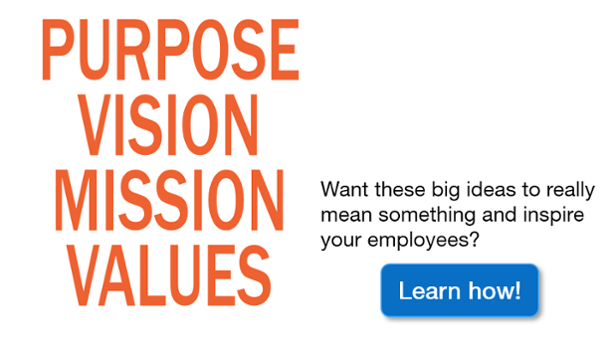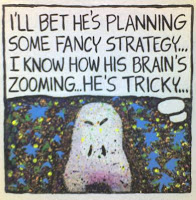Meeting with a client to design a visioning session for its upcoming strategic planning activities, I prepared several pages of options. The possibilities included many different directions we could incorporate within their strategic planning process. The objective of our conversation, at least from my end, was to help them start making decisions about how they wanted an early step in their strategic planning activities to look.
You do not always have as much flexibility we did in this situation. Ideally, though, you want some latitude to design your strategic planning process to create an experience that will be both productive and engaging for participants. Additionally, you want it to produce results for your organization.
5 Keys to a More Flexible Strategic Planning Process
 via Shutterstock
via Shutterstock
Here are five practices to help ensure you have options and flexibility when you begin designing how you will develop your business strategies:
#1. Start planning your strategy as early as makes sense
Starting early doesn't necessarily mean spending more time on developing your strategy. Launch strategy planning far enough ahead of your deadline so that you have an opportunity to involve all the people you would like, plus go deeper in activities needing more attention.
#2. Take advantage of the early start to ask people for ideas sooner than later
One major advantage of starting your strategic planning process early is you have more time to engage a broad group of internal and external audiences for specific input on what the plan should address. This always makes for a better plan.
#3. View issues from as many strategic perspectives as possible
If you solicit strategy input from a large, diverse group of stakeholders, you will incorporate many different perspectives. Introducing perspectives from across your audiences should make the plan more on-target, actionable, and focused on producing meaningful benefits.
#4. Only presuppose the strategic plan's direction in proportion to how widely you solicit input
Another benefit of starting early and soliciting ideas from stakeholders is your learnings can shape the structure and content of your strategic plan. This moves it away from a closed process with only a small group deciding what it should contain. If you gather input widely, you can gain confidence in using the themes and focus areas you learn to structure and move the plan forward more quickly in later stages.
#5. Make decisions as late as you can during strategic planning
Starting a strategic plan early may mean you have fewer actual results from the current plan to shape decisions. That's why you should design the strategic planning process underway now to delay decisions for as long as possible. This provides flexibility without slowing down or unnecessarily compromising your strategy.
Looking for more strategic planning flexibility?
Would you like help thinking about what more flexible strategy planning process looks like for your organization? If you have responsibility for strategic planning in your organization, contact us, and let's discuss how a flexible, collaborative strategic planning process could work for you! – Mike Brown




